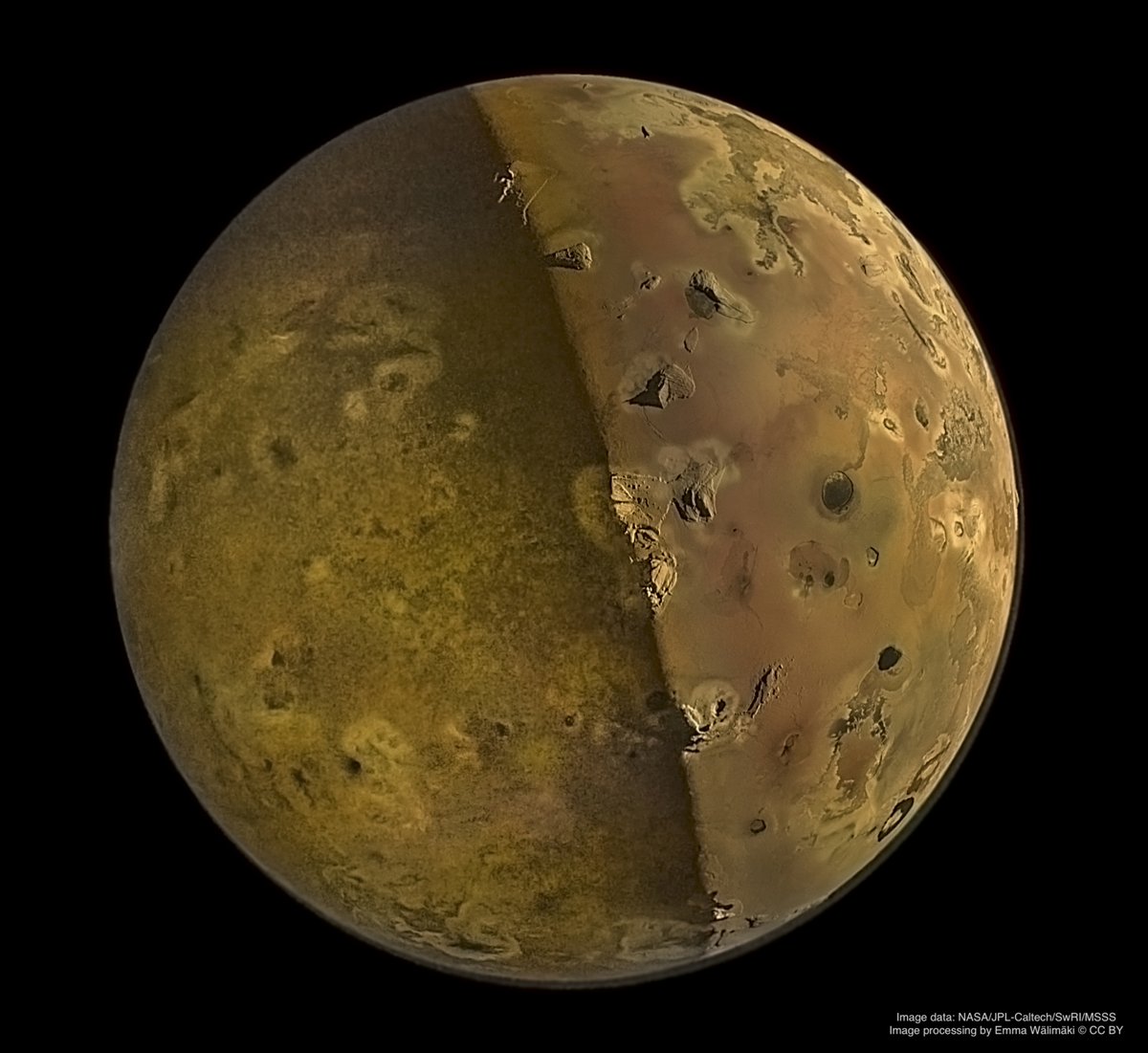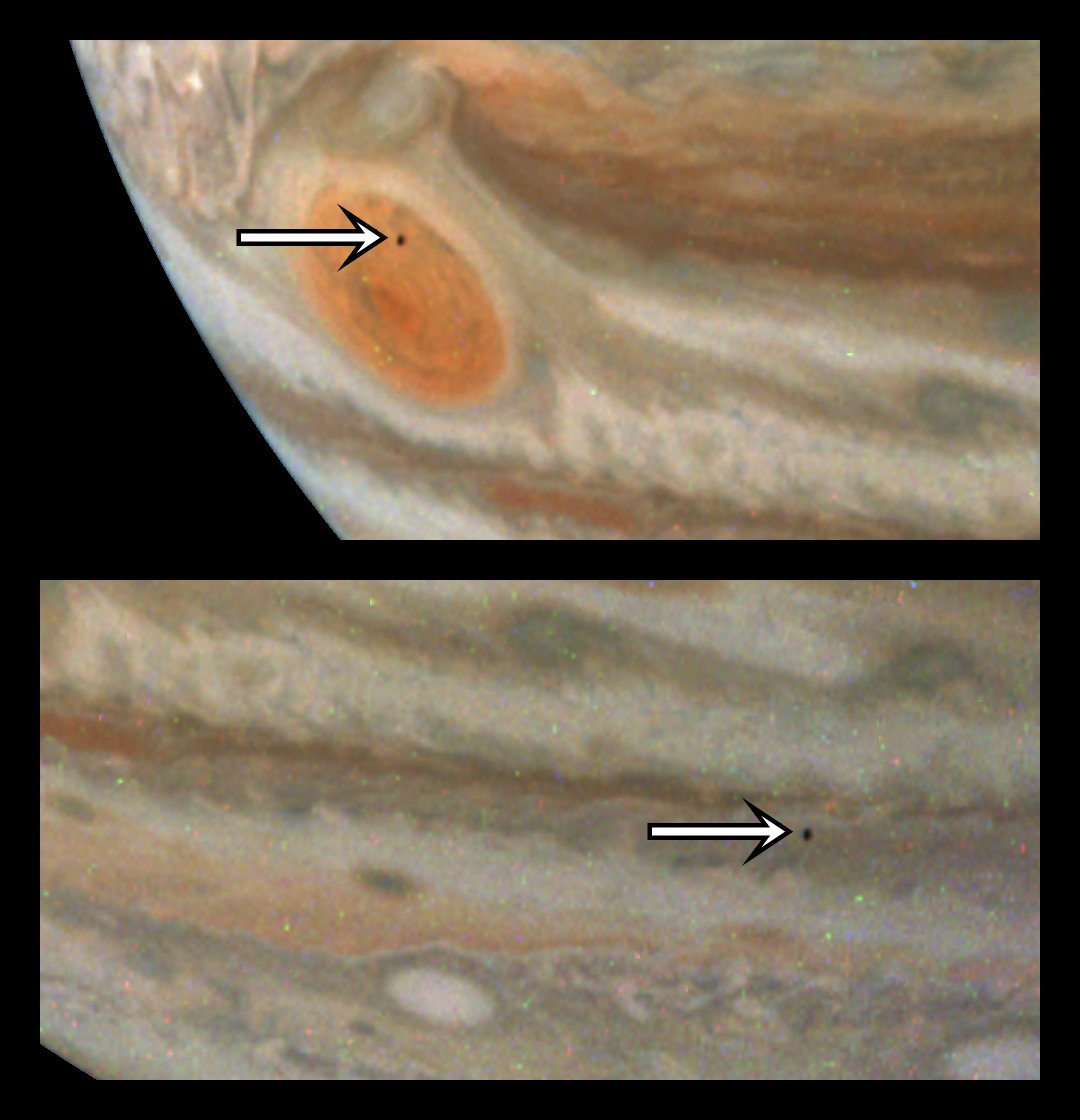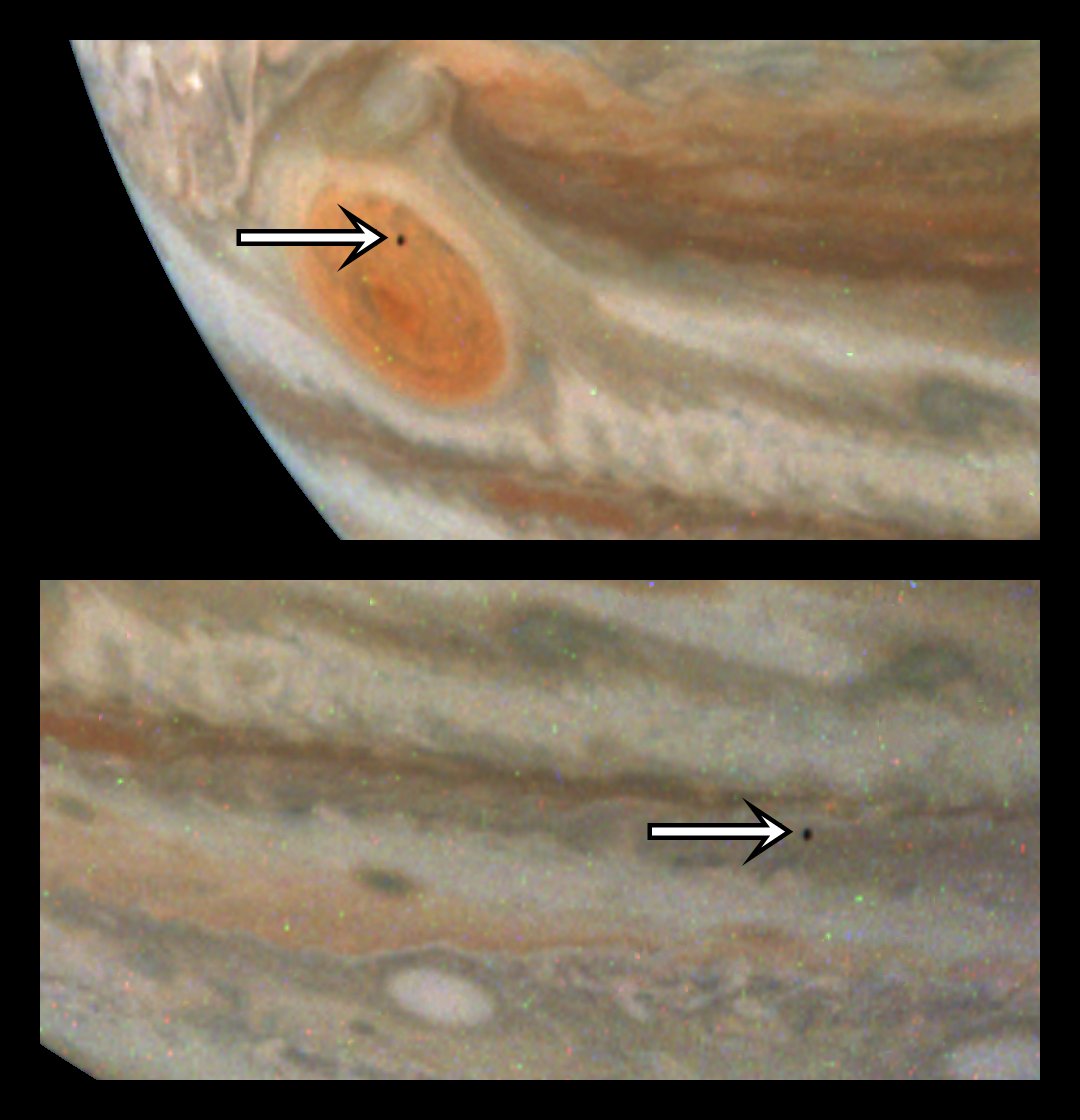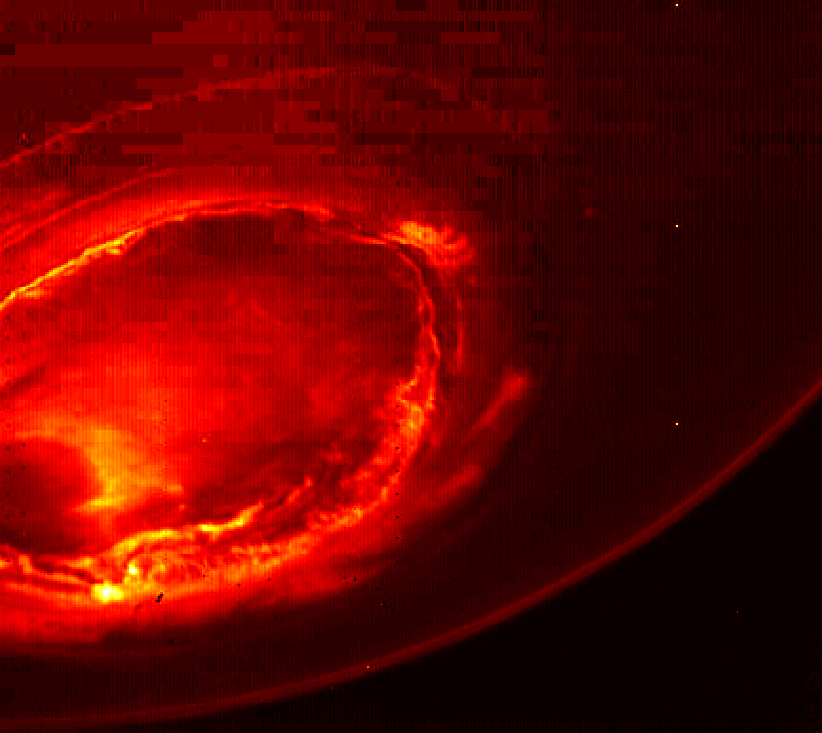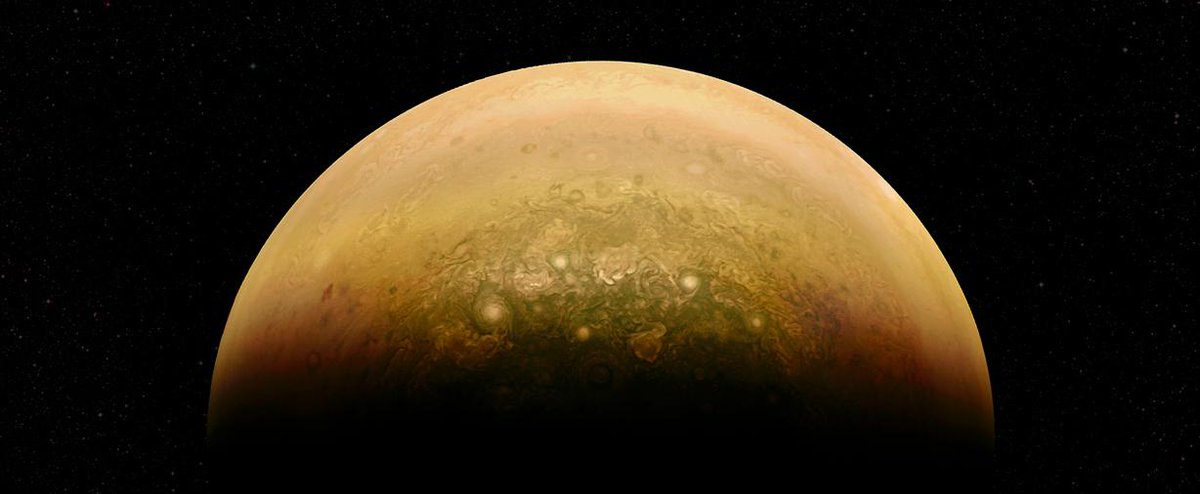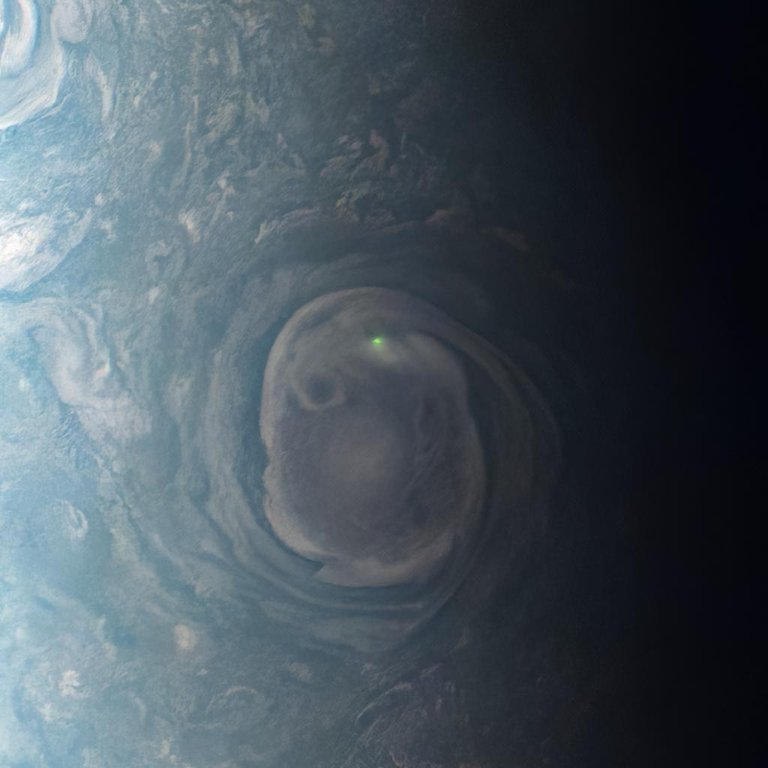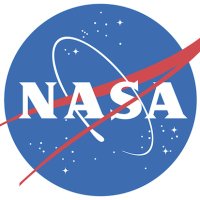
New high-def images of Europa support the theory of a salty liquid ocean bubbling up through the moon's ice crust. These #JunoMission views reveal signs of possible plume activity and polar ice crust migration. More on NASA Europa Clipper's future destination: go.nasa.gov/3V2b8PC
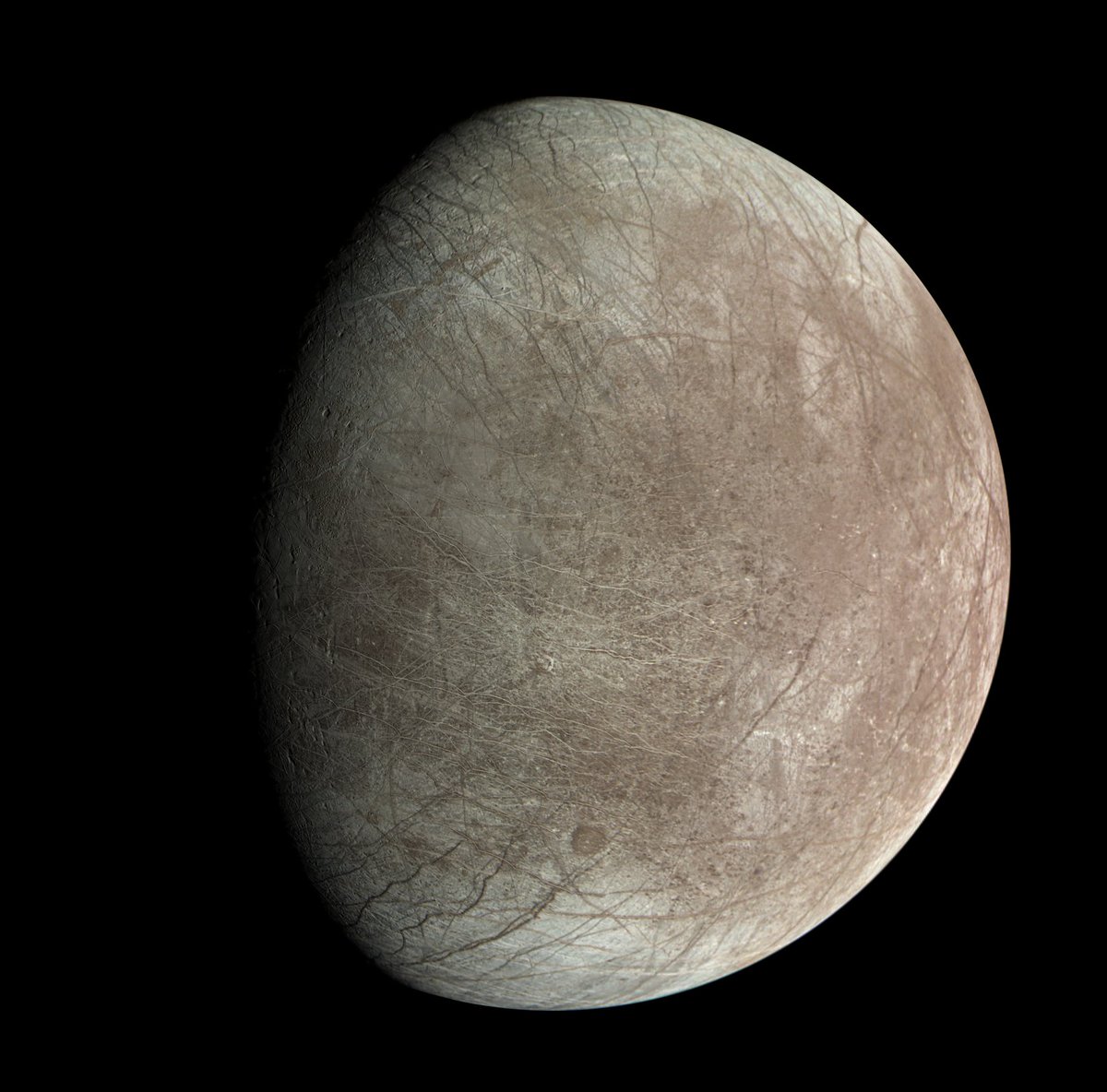
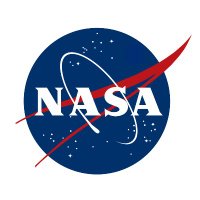
Hi there, mini-moon: Our #JunoMission recently caught a glimpse of the relatively tiny moon Amalthea above Jupiter's cloud tops. missionjuno.swri.edu/news/nasa-s-ju…
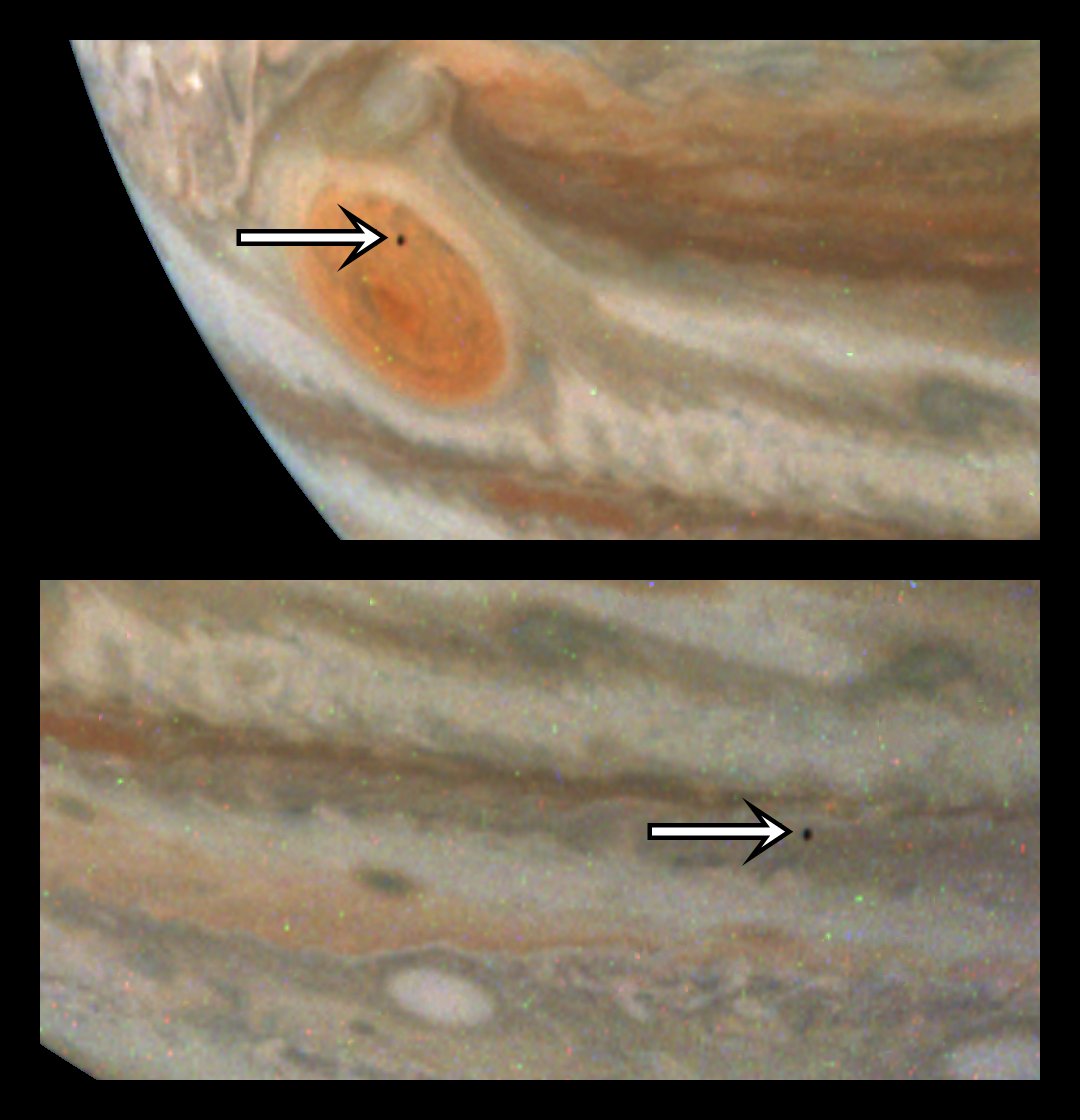
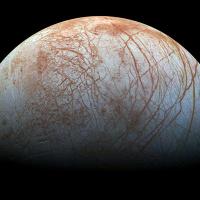
More tantalizing observations from the #JunoMission ! In October, our spacecraft will set out to take an even closer look. Here's how we'll use our science instruments to study Europa from the inside out: go.nasa.gov/3QPipzY

You hear a lot about Europa, Io, Ganymede...but what about Jupiter's other moons?
The #JunoMission captured the tiny potato-shaped moon Amalthea. At the time the first image was taken, Juno was about 165,000 miles (265,000 km) above Jupiter’s cloud tops. go.nasa.gov/3QGnudG
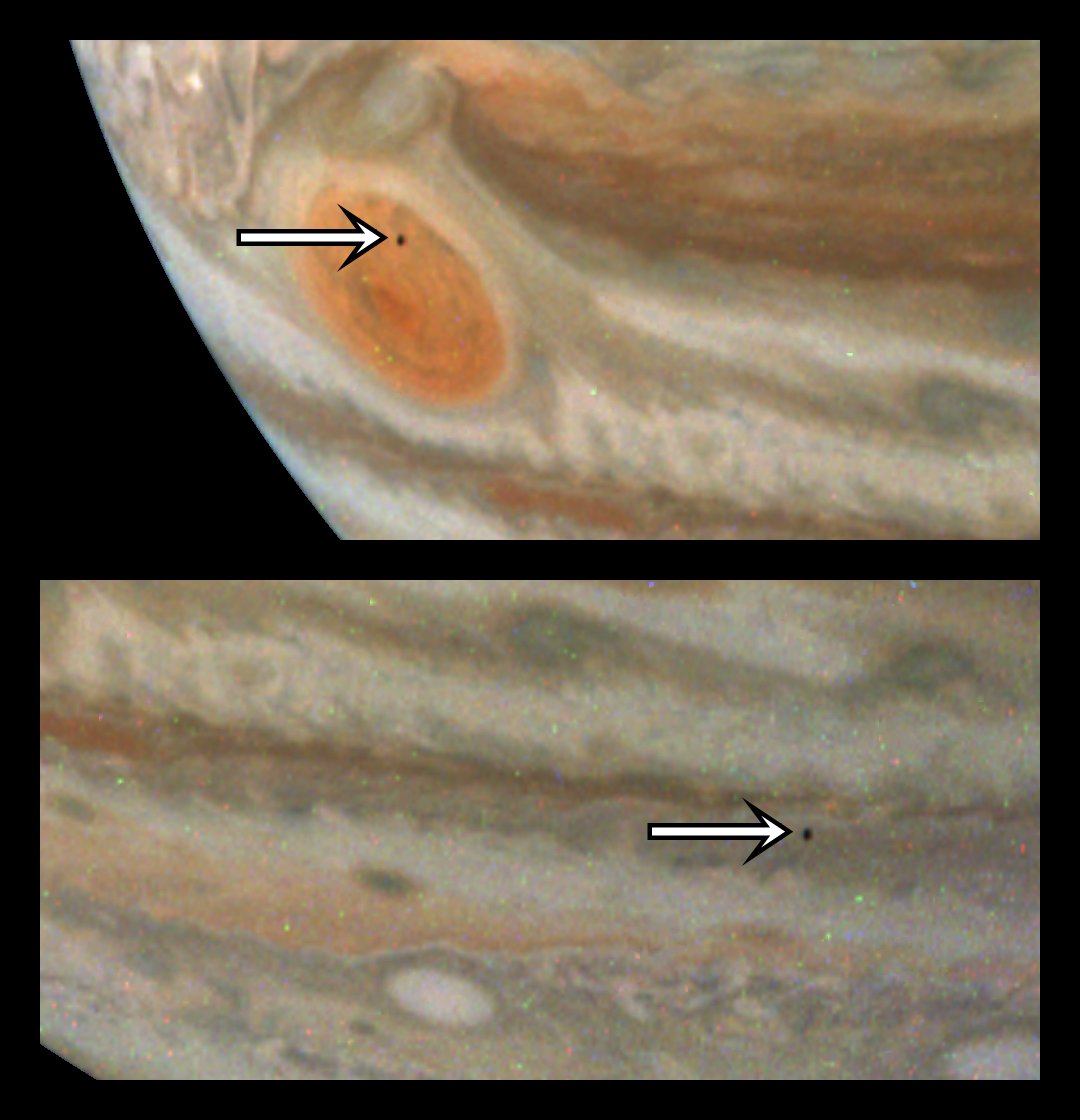

#JunoMission is preparing for its next close encounter with Jupiter this weekend.
This image, taken during a close flyby of Jupiter's volcanic moon Io on April 9, shows the first-ever views of the moon's south polar region. go.nasa.gov/3UzJYyg
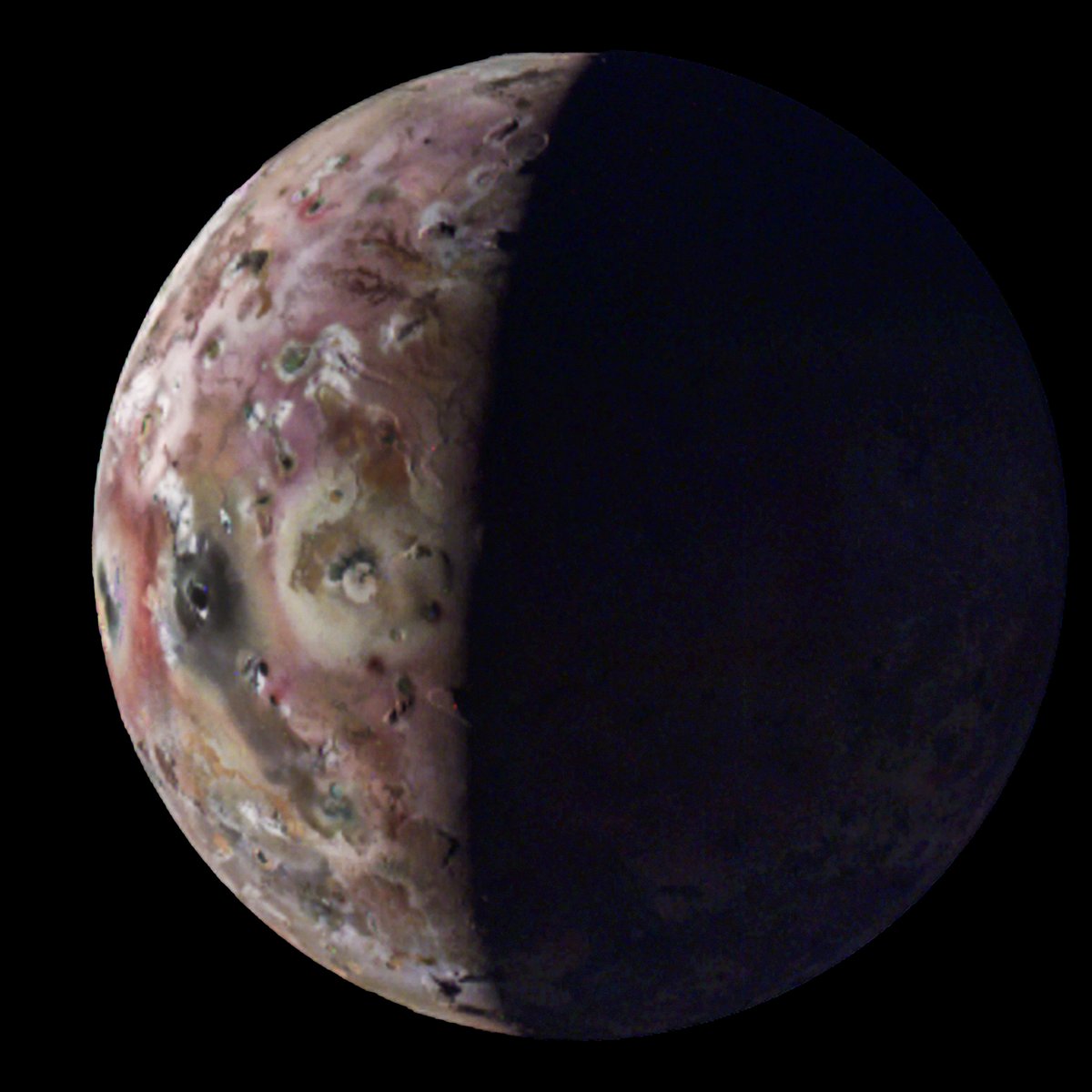

Right now, our #JunoMission is approaching Jupiter for its 61st flyby of the giant planet. Ride along virtually at go.nasa.gov/4dxUT46
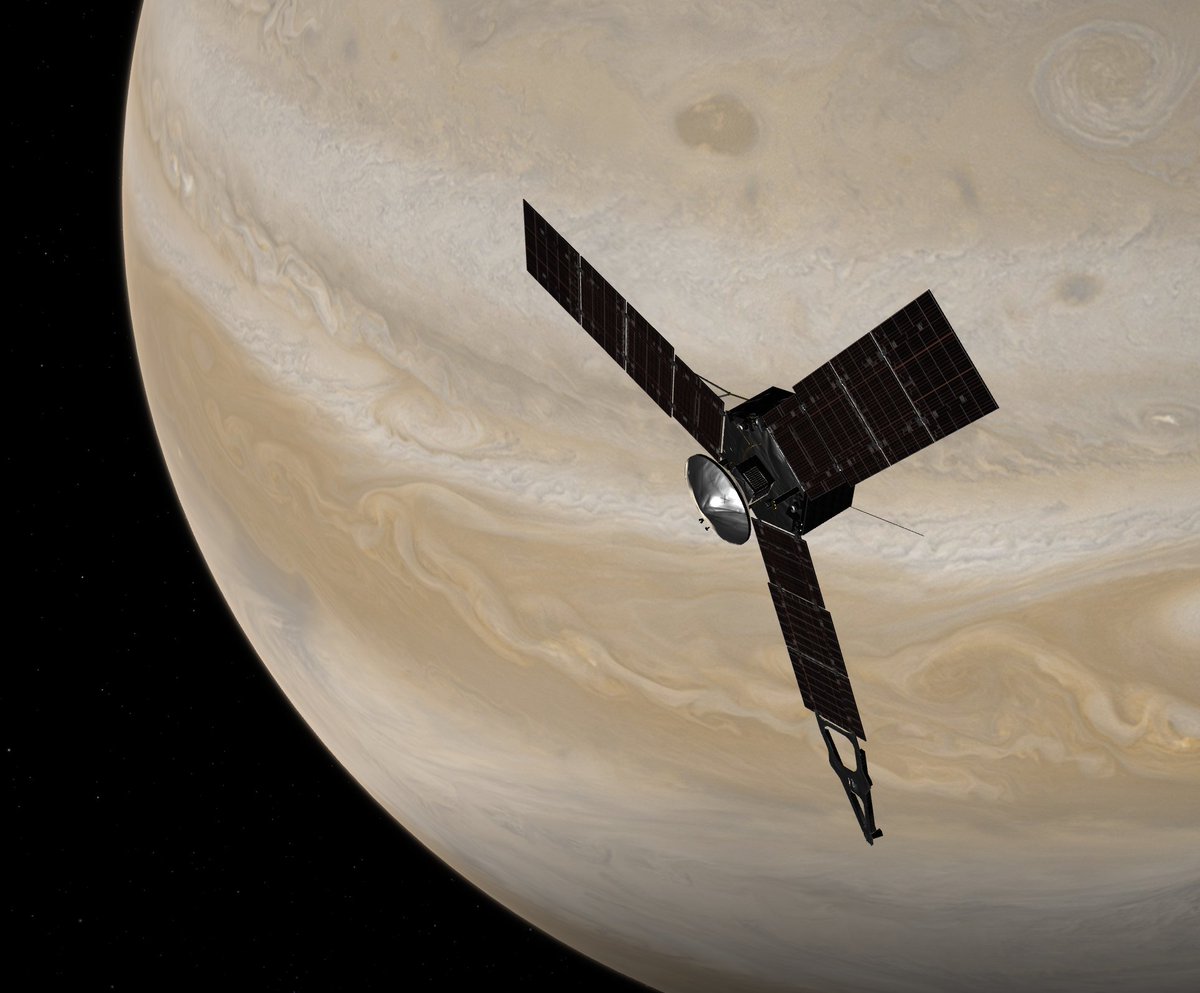

Scientists on our #JunoMission to Jupiter have transformed data collected during recent flybys of Io into animations that highlight two of the Jovian moon’s most dramatic features: a mountain and a glass-smooth lake of cooling lava. See more science: missionjuno.swri.edu/news/nasa-s-ju…
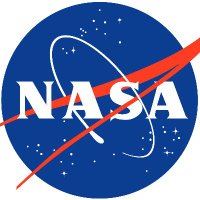
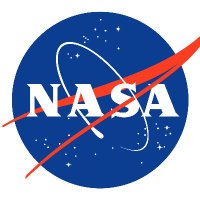
For the first time, our #JunoMission has detected mineral salts and organic compounds on the surface of Jupiter’s moon Ganymede. The finding suggests an underground ocean brine is reaching the crust of the icy world: go.nasa.gov/47b3VzV




Esta animação feita a partir de dados da Juno mostra como seria voar sobre Loki Patera, um lago de lava na lua de Júpiter, Io.
#JunoMission



Criada usando dados coletados pelo imageador JunoCam a bordo da sonda Juno da NASA durante sobrevoos em dezembro de 2023 e fevereiro de 2024, esta animação mostra a chamada Steeple Mountain na lua Io de Júpiter !!! Crédito: NASA/JPL-Caltech/SwRI/MSSS
#JunoMission

The day after the eclipse, our #JunoMission spacecraft will experience an eclipse, too – but not for the same reason. On Earth, we'll see the Moon pass between the Earth and the Sun. Juno will witness Jupiter blot out the Sun as it passes behind the giant planet! 🧵1/3

#JunoMission is currently my favorite NASA mission; but #EuropaClipper will give it a run for its money, no doubt!

On Dec. 30, our #JunoMission made its closest-ever approach to Jupiter’s moon Io, soaring about 930 miles (1,500 km) above the solar system’s most volcanic world.
Juno captured Io’s molten surface and will return for another look in February: go.nasa.gov/3vm9zSm


What. A. View.
NASA's #JunoMission recently captured this spectacular shot of Jupiter's tortured moon Io — the most volcanically active world in the solar system, w/ hundreds of volcanoes, some erupting lava fountains dozens of miles high.
More: missionjuno.swri.edu
